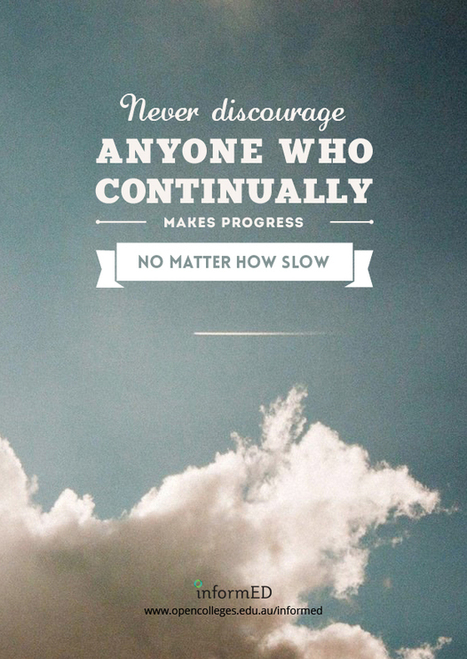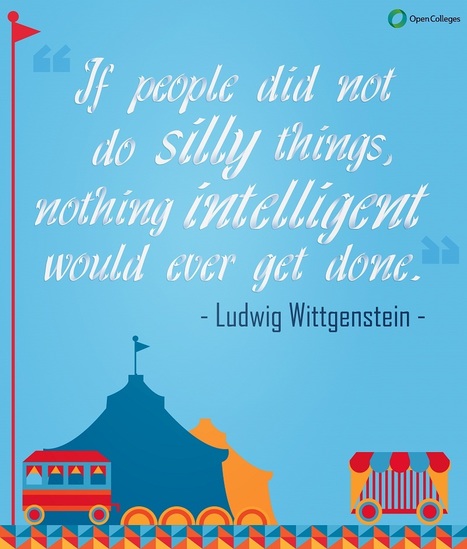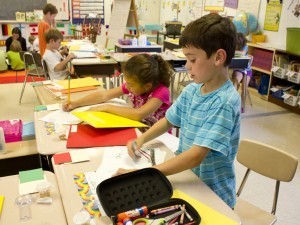"What if, when students failed, teachers praised them? In the business world, the world of entrepreneurship, failure remains inevitable but so does success if you keep plugging away at your goal.
Embracing this in education teaches students to learn that mistakes lead to success. Science teachers probably understand this concept better than most teachers. They just happen to call it hypothesis or refer to it as an experiment instead of failure."



 Your new post is loading...
Your new post is loading...










What would happen if we taught our students (or learners) that failure is a gift, that we learn lessons when we fail. This post provides 50 tips to use with students to help them "fail well." Five are below. Find the forty-five in the post, as well as additional information on each.
* Point out their mistakes
* Praise them immediately
* Experiment with them
* Expose them to the unknown
* Teach them to start over
Use these tips to shift communication around failure. Help your students see failure as an opportunity to learn, to grow.